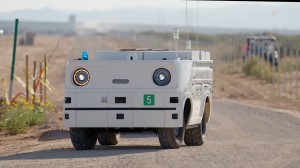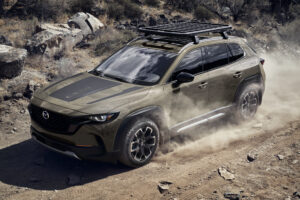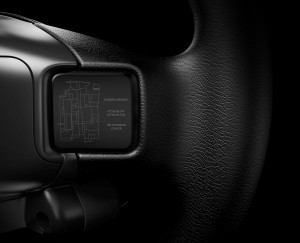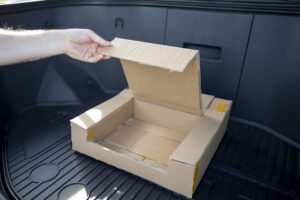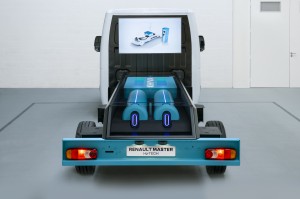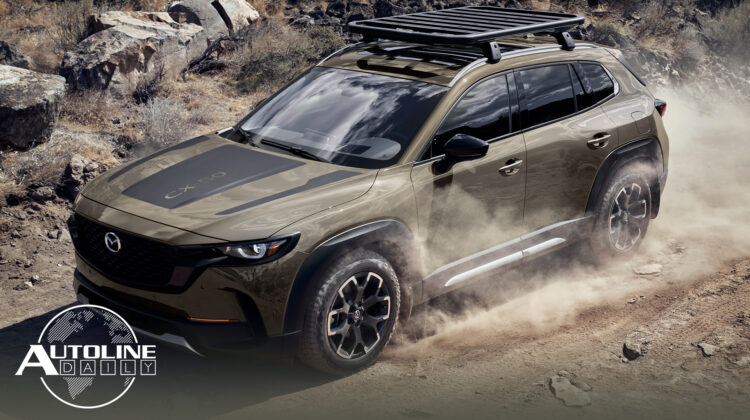
Listen to “AD #3205 – VW Faces More Diesel Lawsuits; Mazda CX-50 Ready for Outdoor Lifestyles; ZF Bolsters Its Cloud Services” on Spreaker.
Follow us on social media:
Runtime: 8:47
0:07 VW Faces More Diesel Lawsuits & Fines
0:45 Honda Asks Suppliers to Reduce Emissions
1:16 Honda Testing AV Work Vehicle
2:53 Mazda Introduces New CX-50
3:53 ZF Bolsters Its Cloud Services
4:54 Cadillac Blackwings Full of Easter Eggs
6:14 F-150 Lightning Frunk Started as Cardboard Box
7:22 Renault Expanding Hydrogen Commercial Lineup
Visit our sponsors to thank them for their support of Autoline Daily: Bridgestone, Intrepid Control Systems, Magna and Schaeffler.
This is Autoline Daily, the show dedicated to enthusiasts of the global automotive industry.
VW FACES MORE DIESEL LAWSUITS & FINES
Yesterday, the U.S. Supreme Court rejected appeals from Volkswagen to stop state and local lawsuits over its diesel emission cheating. The automaker argued that under federal law only the EPA has the right to regulate the company. Volkswagen has already paid more than $23 billion in fines and settlements with federal regulators. But the lawsuits argue that by deceiving the EPA, VW also violated local laws. The Supreme Court agreed and now VW faces even more lawsuits and possibly more fines.
HONDA ASKS SUPPLIERS TO REDUCE EMISSIONS
Automakers have introduced plans to achieve carbon neutrality in the coming decades. But they’ll need help from suppliers to achieve that. And that’s why, according to a report from Nikkei, Honda is asking its suppliers to reduce carbon emissions 4% annually from 2019 levels. Honda plans to start implementing the targets in 2025. But it isn’t the first automaker to make the request, back in the summer, Toyota asked its suppliers to reduce carbon emissions as well.
HONDA TESTS AV WORK VEHICLE
And in other Honda news, the automaker just finished up testing autonomous vehicles at a solar energy construction site in New Mexico operated by the engineering and construction company, Black & Veatch. Called the Autonomous Work Vehicle, it towed and delivered construction materials, water and other supplies to pre-set locations on the site. The un-manned, electric vehicle has a maximum payload of 880 pounds, can tow up to about 1,650 pounds and has a range of about 28 miles depending on how its being used. Honda doesn’t have plans to commercialize the autonomous vehicle but plans to continue developing it in the real world.
MAZDA CX-50 READY FOR OUTDOOR LIFESTYLES
Mazda is dipping its toes into the off-road segment. It just introduced the all-new CX-50 crossover which is aimed at customers with outdoor lifestyles. Designers gave it a bit of a rugged look, like with black fenders around the wheels. It also comes with a new drive mode selector, to help it perform better in a variety of situations, including off-road and while towing. At launch, the CX-50 will be available with two 2.5L engines, one naturally aspirated, the other a turbo. Both are mated to a six-speed automatic transmission. In the future, electrified versions will be offered, including a traditional hybrid. Mazda will reveal details about those models closer to their release date. The CX-50 will be the first Mazda vehicle built in Alabama at the manufacturing plant it’s jointly operating with Toyota. Production kicks off in January of 2022.
ZF BOLSTERS ITS CLOUD SERVICES
ZF is taking serious steps to transform itself. Historically, it was mainly a transmission supplier. But now it wants to become a supplier of mobility services delivered through the cloud. And it just joined forces with Microsoft to make that become a reality. Microsoft will help ZF essentially put everything the company does in the cloud. That includes sales and operations, forecasting and even ZF’s supply chains. More interestingly, it will allow ZF to collect data from vehicles that use its technology and components. Many companies talk about transforming themselves, but ZF is walking the walk. It’s also going to be coming out with autonomous shuttles–robotaxis–that it will put out on its own and operate with other companies. And it’s pretty obvious that the traditional supplier industry is changing when a supplier decides to get into the business of retailing rides to the public.
CADILLAC BLACKWINGS FULL OF EASTER EGGS
The new Blackwing models are the most track-capable Cadillacs ever, which means there were a lot of long days developing them. But, in order to have a little fun, and probably keep their sanity in check, engineers added a number of hidden features, or what are called Easter Eggs. For example the V-Series logo on the shift knob, Mondrian pattern on the underwing of the vehicle or even the laser-etched maps of the test tracks in Milford and Warren where the cars were put through their paces, which replace the paddle shifters on the back of the steering wheel on manual cars. Cadillac says there’s over two dozen Easter Eggs, but the rest will be up to owners to find.
F-150 LIGHTNING FRUNK STARTED AS A CARDBOARD BOX
Within the last several years Ford has been making a bigger effort to get more customer feedback during the design of its new vehicles. One way it’s doing that is by building crude examples of components out of simple materials that are cheap, quick to make and can be changed easily. It’s actually how the big screen in the Mustang Mach-E came to be and check out how it developed the frunk in the F-150 Lightning. It started out as a cardboard box. But by having a physical object it allowed customers to better visualize how they might use it, which resulted in feedback, like it needs to fit golf clubs, have additional lighting and places to plug in and charge up. And all those and more have been incorporated into what Ford calls the Mega Power Frunk. But beyond getting in touch with customer wants and needs, it also allows a company like Ford that doesn’t have a lot of experience with things like big display screens or frunks to quickly learn about them and implement them into vehicles. That ultimately cuts down on development time, too.
RENAULT EXPANDS HYDROGEN COMMERCIAL LINEUP
Renault’s hydrogen commercial vehicle division, called Hyvia continues to build out its lineup. It’s showing off prototype versions of a bus and chassis cab that are scheduled to come out next year. Both vehicles feature a 30 kW fuel cell and a 33 kWh battery pack. But the bus has a larger 4.5 kg tank, which combines to provide about 300 kilometers or 186 miles of range and the ability to carry up to 15 passengers. The chassis cab has two 1.5 kg tanks, 250 kilometers or 155 miles of range and a 1,000 kilogram payload capacity. Hyvia will also launch a van next year and start building refueling stations.
And be sure to join John and Gary for Autoline After Hours Thursday afternoon for some of the best insider discussions in the auto industry.
But that’s it for today, thanks for tuning in.
Thanks to our partner for embedding Autoline Daily on its website: WardsAuto.com
Seamus and Sean McElroy cover the latest news in the automotive industry for Autoline Daily.






